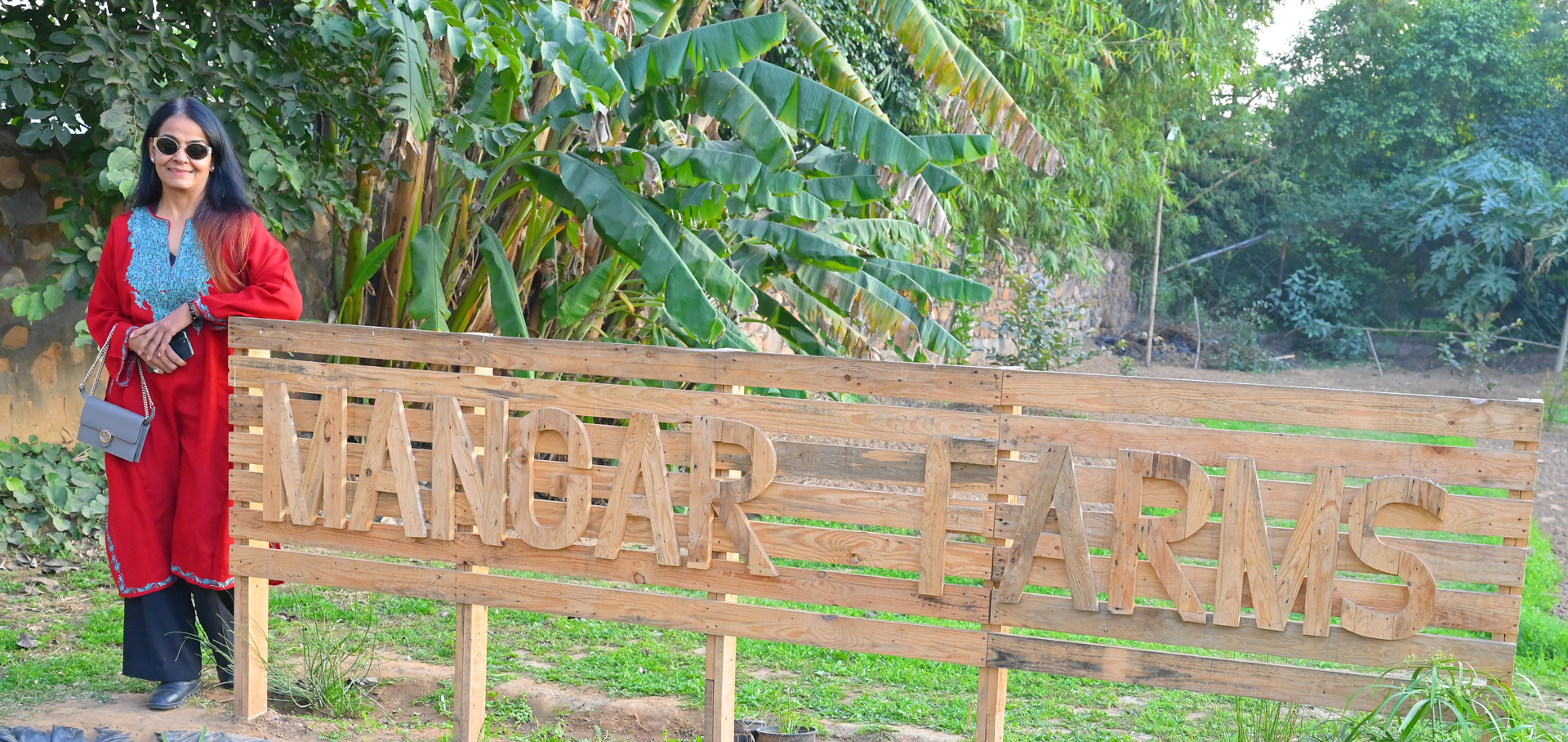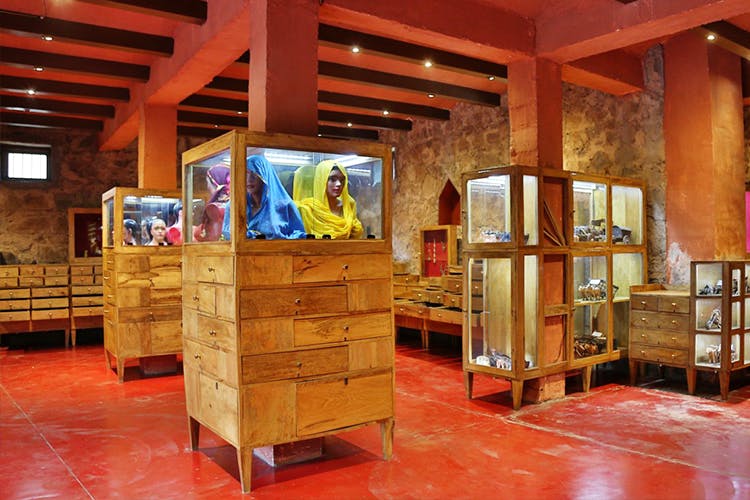
Journey Through Time: The History of Mangar
Journey Through Time: The History of Mangar
Uncover the Rich Past of a Land Where Nature and History Intertwine
Uncover the Rich Past of a Land Where Nature and History Intertwine

Introduction
Perched on the Delhi-Haryana border, Mangar is not just a village but a living museum of history, eco logy, and culture. Nestled within the Aravalli mountain range, it resonates with tales of ancient civilizations, sacred forests, and a community deeply rooted in its traditions.
Etymology
The name ‘Mangar Bani’ finds its origins in the Haryanvi dialect. The term translates to “Mangar Vana” in Hindi or Sanskrit, which means “the Mangar Forest” in English. This nomenclature not only denotes its geographical identity but also evokes the rich cultural and ecological heritage of the region.


Historical Footprints
Mangar Bani, the region’s crown jewel, is a paleolithic archaeological marvel. This site has unveiled the subcontinent’s largest neolithic Stone Age tools and artifacts, dating back an astounding 100,000 years. But the canvas of Mangar Bani is not just etched with tools; it’s painted with the subcontinent’s oldest cave paintings from the Aravalli range, dating between 20,000 and 40,000 BP. Such discoveries position Mangar Bani as the earliest human habitation in Haryana and the Delhi NCR, pushing back the anthropogenic history of the region by several millennia.
Spiritual Echoes
Amidst this ancient grove lies the Gudariya Das Baba temple, a spiritual epicenter that bestows the forest with its sacred status. Local legends speak of Baba Gudariya Das as the guardian of this grove, protecting it from harm and punishing those who desecrate its sanctity.


Ecological Eden
Beyond history and spirituality, Mangar Bani is an ecological treasure. Recognized as a High-Biodiversity Zone, it stands as one of the last vestiges of natural tropical forest in the Aravalli range. This sanctuary shelters over 30 native tree species, 100 native shrubs, herbs, rare wildlife, and is a pivotal habitat for leopards. Adjacent to the Asola Bhatti Wildlife Sanctuary, Mangar Bani forms an essential part of the Northern Aravalli leopard wildlife corridor, playing a crucial role in regional ecology.
Modern Mangar
Today’s Mangar is a blend of the old and new. Dominated by the Gurjar community, the village has evolved while holding onto its roots. The Mangar Tribal Jewellery museum, established by Sterre Sharma, celebrates the rich tribal heritage of India, showcasing exquisite jewelry from across the nation.


Threats and Conservation
However, Mangar faces pressing challenges. Encroachments, illegal constructions, and environmental degradation threaten its legacy. Conservationists and activists have rallied, demanding Mangar Bani’s recognition as a protected forest and archaeological site. Some voices even seek its listing among the UNESCO World Heritage Sites of India, emphasizing its unparalleled significance.

